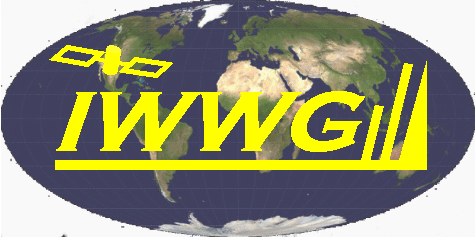Use of GOES-17 AMV in the JMA’S Global NWP System
Atmospheric Motion Vectors (AMVs) derived from satellites imagery have been operationally used as important wind observation information in the Japan Meteorological Agency’s (JMA) Numerical Weather Prediction (NWP) systems. GOES-16 AMVs (IR, WV and VIS) are already used in the Global Spectral Model (GSM), the JMA’s global NWP system, from July 2020 and currently we are investigating the quality of GOES-17 AMVs and performing Observing System Experiments (OSEs) in the global data assimilation system.
GOES-17 is equipped with the same Advanced Baseline Imager (ABI) as GOES-16, so that their AMVs are expected to have similar qualities by using the same derivation algorithm. However, it was announced that GOES-17/ABI has a problem concerning a cooling system and it causes the degradation of some infrared channels imagery. We verified the difference in quality between GOES-17 and -16 AMVs. As a result, it was found that a relatively large difference in AMV height for specific hours in particular seasons (11-17 UTC in Feb., Apr., Aug. and Oct. 2020), which corresponds to the time of infrared channel saturation described in NOAA’s information about this issue. The OSEs were performed to use GOES-17 AMVs in GSM with rejecting the AMVs in the above quality suspicious hours regardless of date. From the result of this one-month (August 2020) experiment, we confirmed a positive impact in the analysis and forecast fields.
This presentation introduces the result of the comparison between GOES-16 and -17 AMVs and the progress of development to use GOES-17 AMVs in JMA’s global NWP system including the impact on the analysis and forecast fields from the OSEs results.






